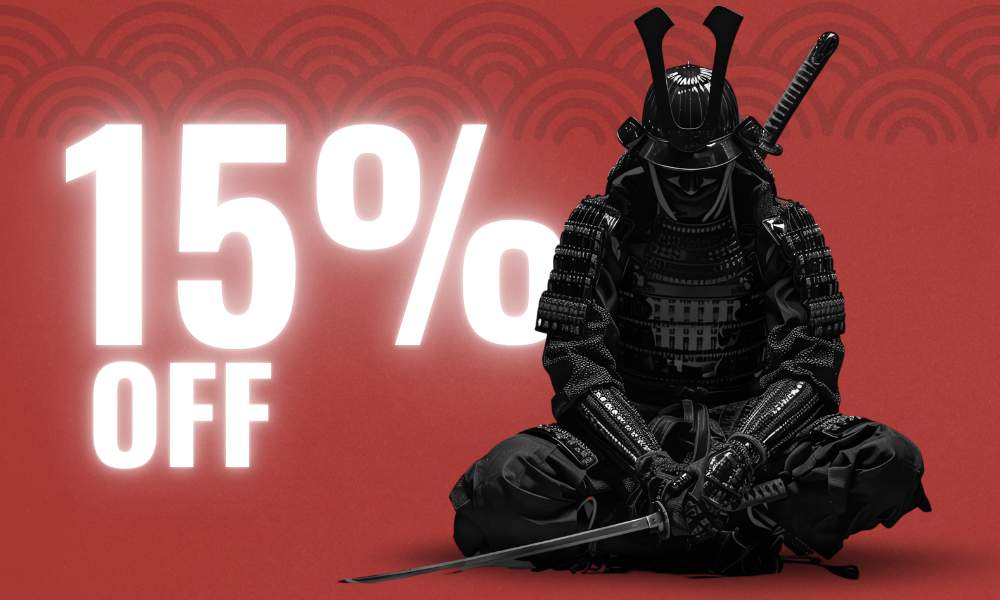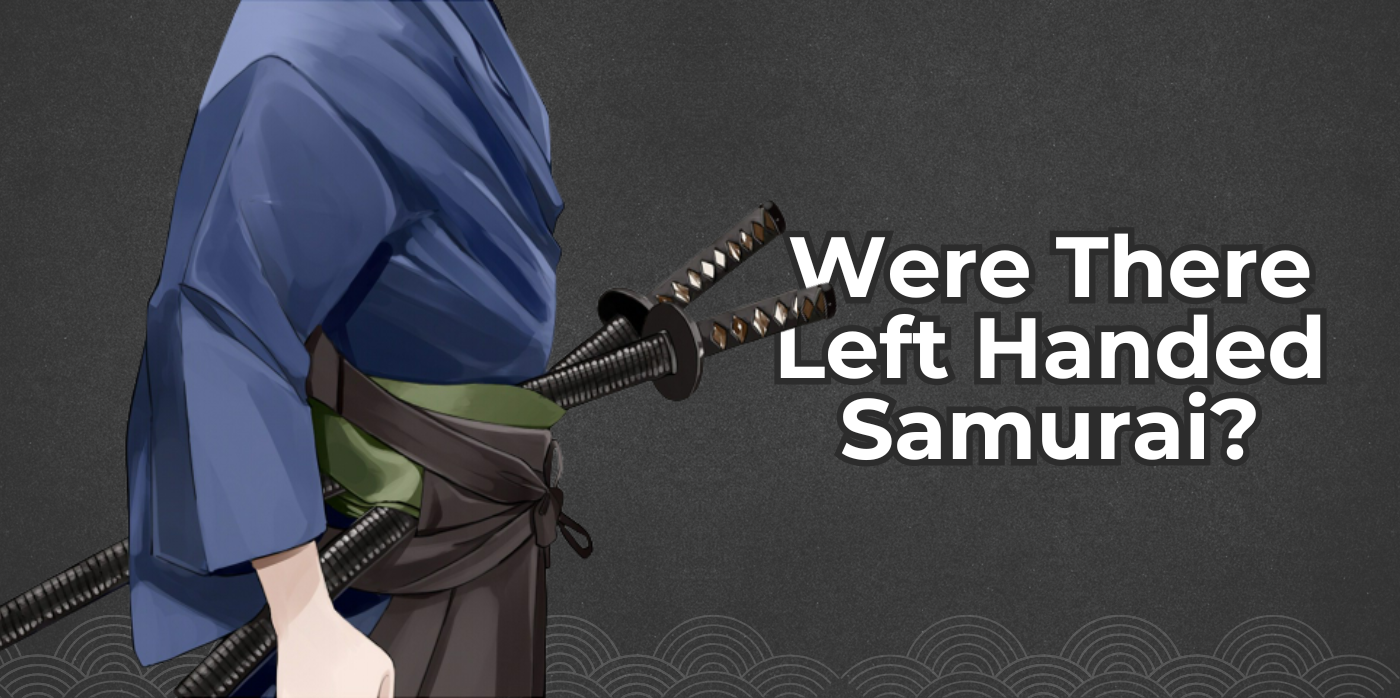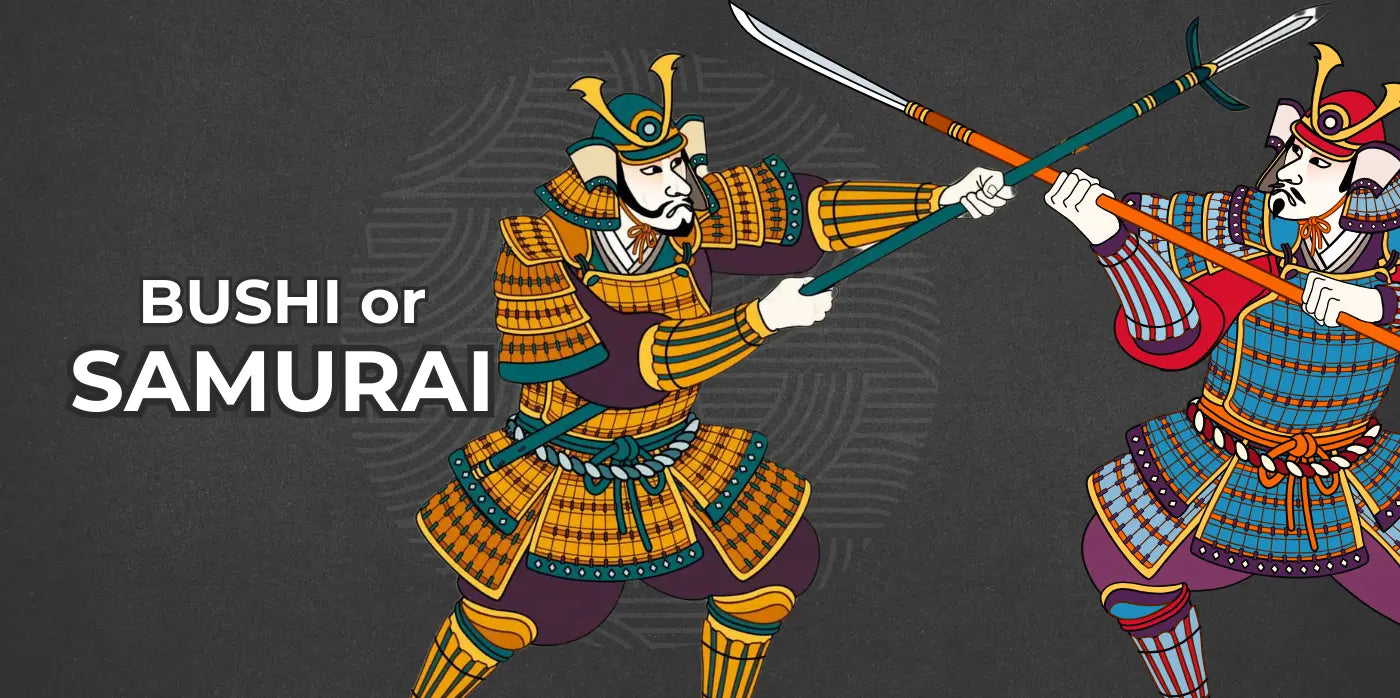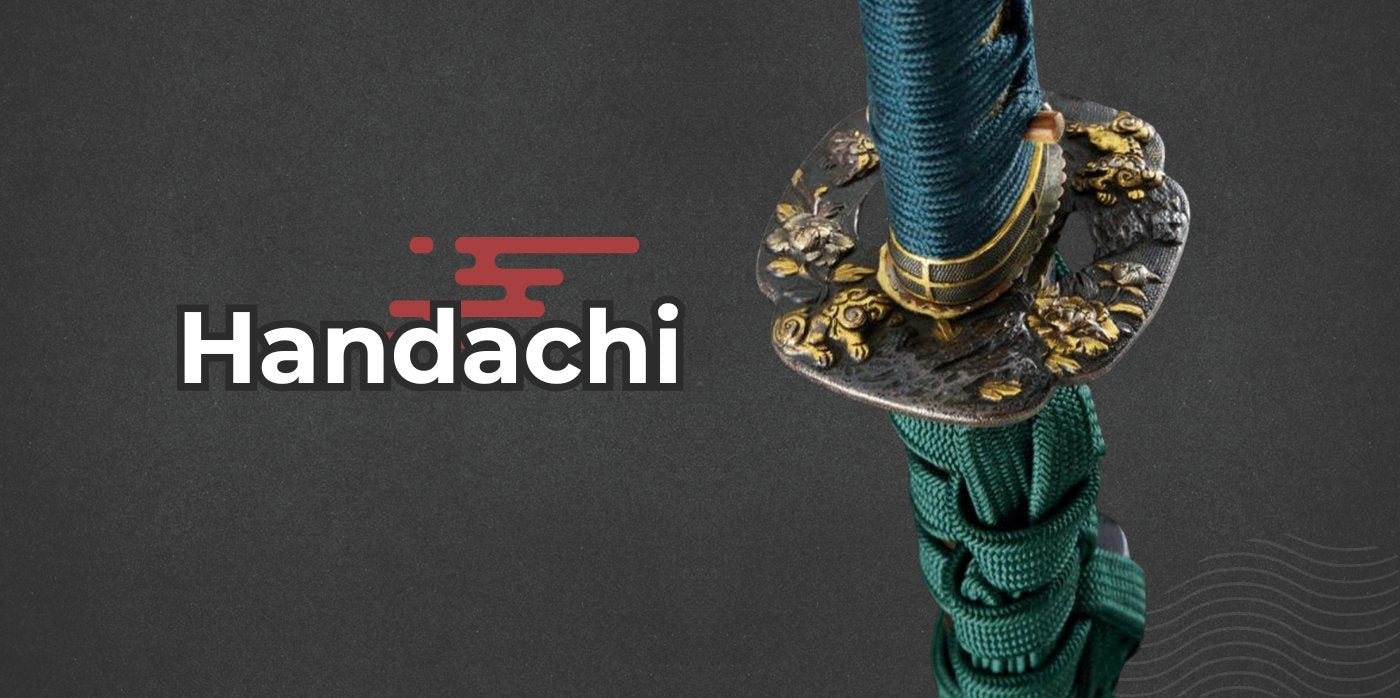Were There Any Left-Handed Samurai?
The belief that all samurai were right-handed stems from practical and cultural reasons. Since Japan follows a left-side walking and driving system, samurai were required to wear their katana on their left waist to prevent accidents and clashes in narrow streets. If they had carried their swords on different sides at random, there was a risk of their scabbards colliding and causing unnecessary trouble. This standardization also extended to sword training, as uniformity was crucial for maintaining order on the battlefield and in everyday life. As a result, samurai were generally trained to be right-handed, regardless of their natural hand dominance.

However, exceptionally skilled fighters may have developed ambidexterity, allowing them to wield the sword effectively with either hand. In one-on-one duels, a left-handed swordsman could have had the advantage of unpredictability, as most opponents were accustomed to facing right-handed fighters.
One of the most famous swordsmen in Japanese history, Miyamoto Musashi. His dual-sword technique, Niten Ichi-ryū, showcased his ability to wield a sword in either hand, which could indicate a natural proficiency with his left hand.
Another notable figure, Saitō Hajime, the captain of the third squad of the Shinsengumi, was also rumored to have been left-handed.
Nevertheless, this approach was far from common and has left little historical evidence.

Japanese Culture and the Stigmatization of Left-Handedness
In Japan, using the left hand was often discouraged, extending beyond the military sphere. Many left-handed children were trained from a young age to write, eat, and use tools with their right hand. This cultural norm was also reinforced in kenjutsu schools, where sword training followed a standardized approach. The goal was to ensure consistency in techniques and avoid introducing variations that could disrupt collective discipline.
The Left-Handed Advantage in Swordsmanship
Although left-handedness was discouraged, it could offer certain advantages in combat. In kenjutsu (traditional Japanese swordsmanship), the left hand is responsible for generating most of the swinging power, while the right hand controls the direction and precision of the blade. For someone naturally left-handed, this division of roles could be beneficial. Once they adapted to using their right hand for guidance, their stronger left hand would provide greater cutting force, making them formidable opponents.
While samurai were generally expected to conform to right-handed techniques, it is likely that some warriors either retained their left-handedness in secret or developed ambidexterity to maximize their combat efficiency. Even though historical records remain vague, the possibility of left-handed samurai is far from a myth—it is a reality that was simply hidden due to cultural biases.





